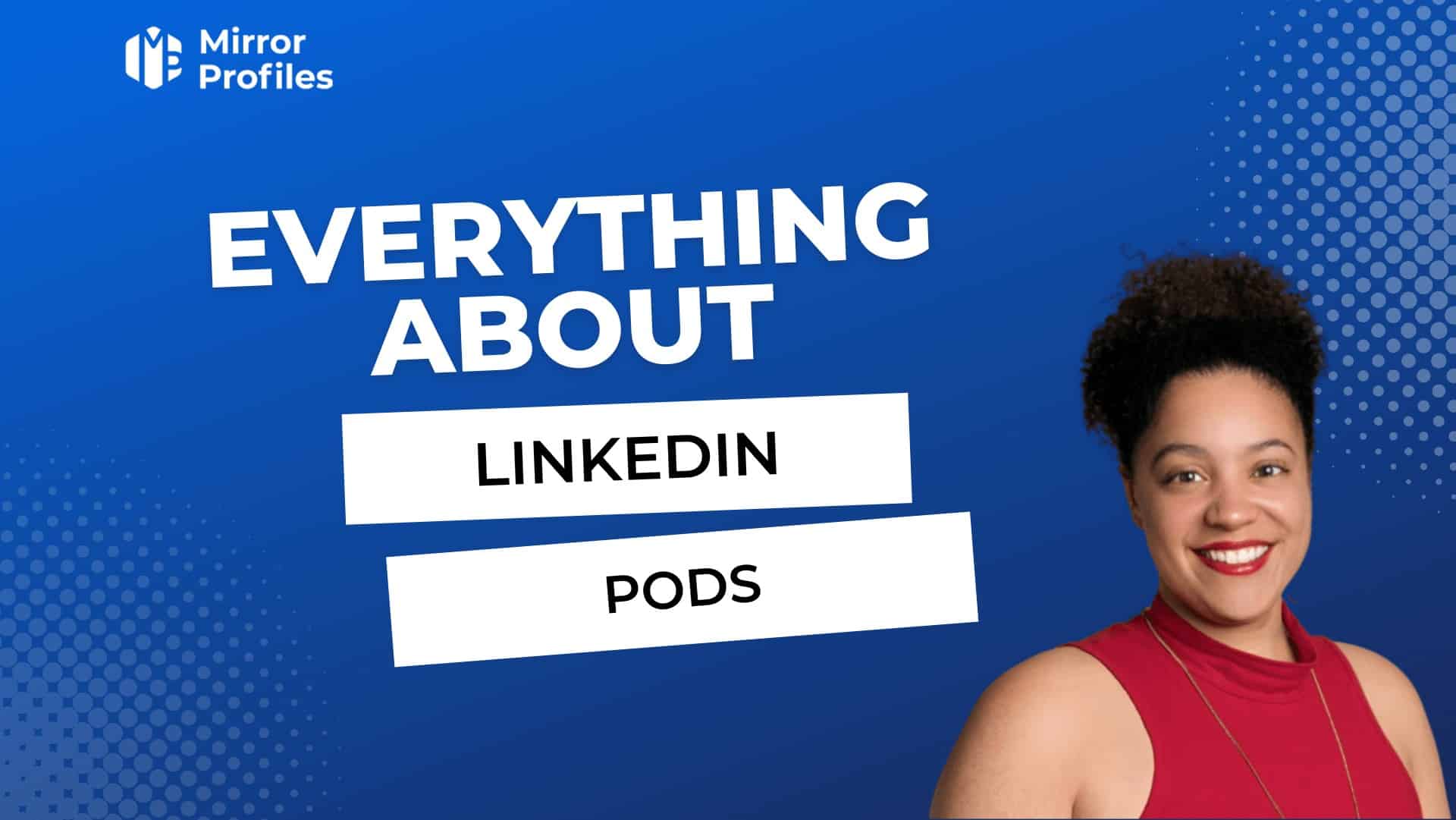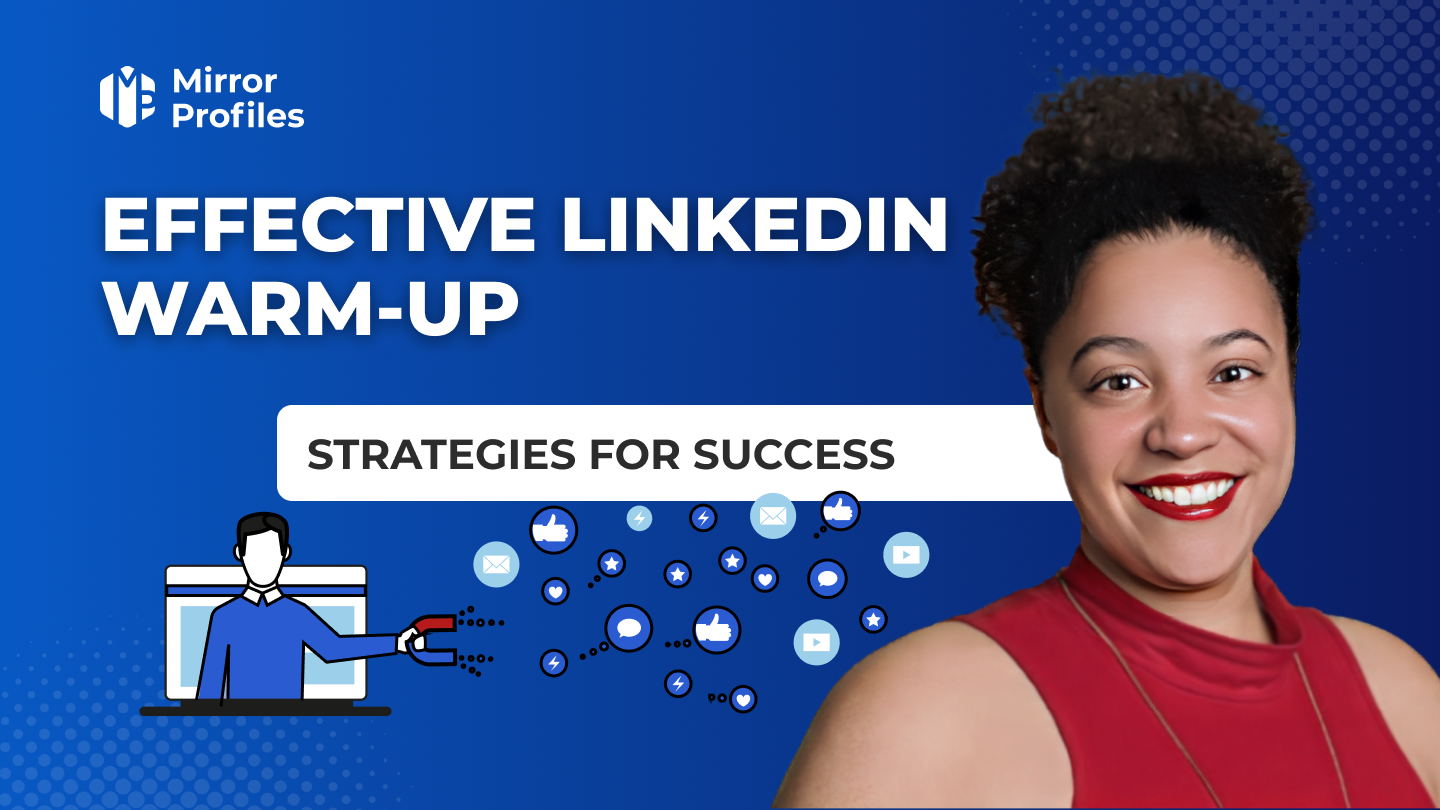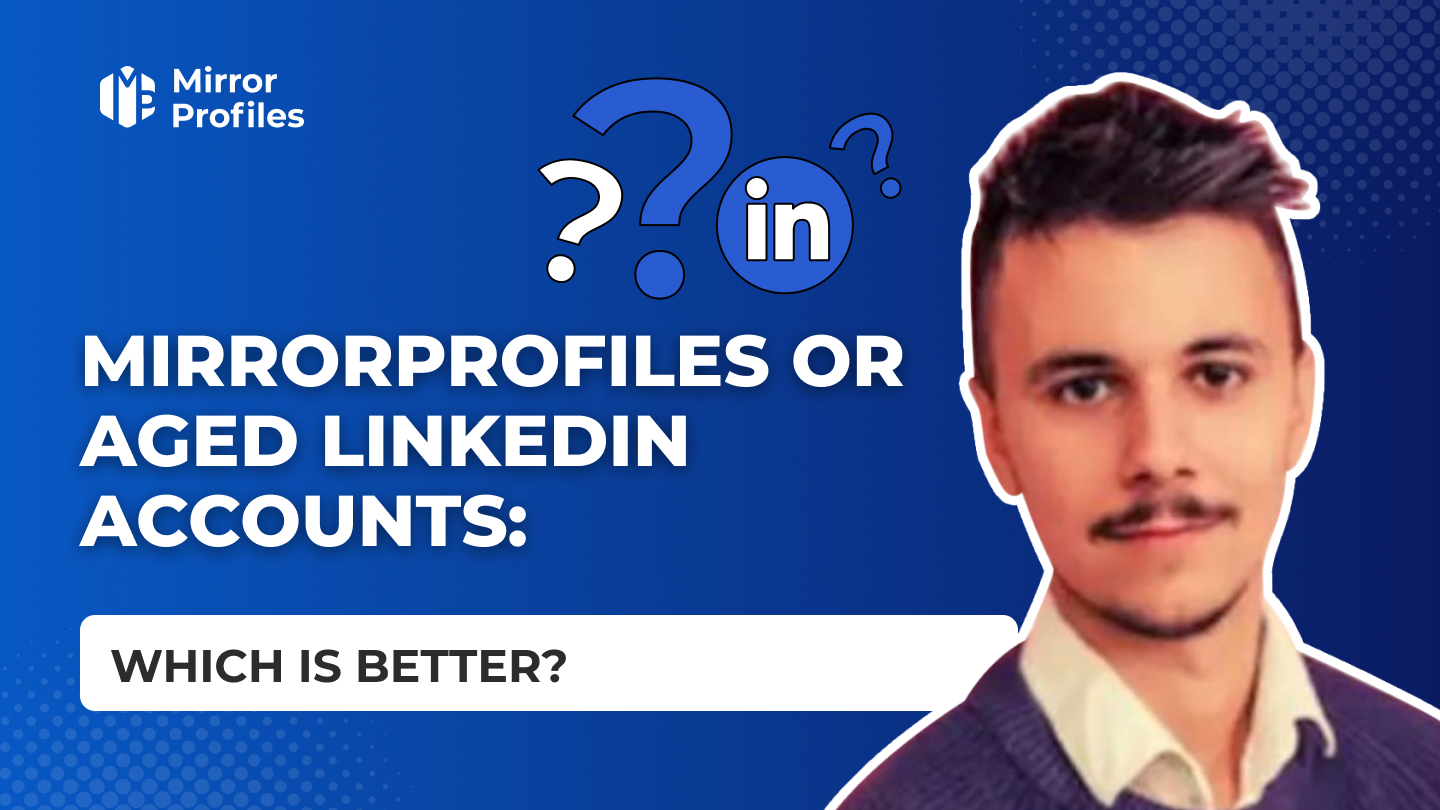LinkedIn Pods have emerged as an ingenious solution for artificially boosting engagement with content published on LinkedIn. These Pods, as dedicated groups, are organized around specific themes, in which each member benefits from an automatic push of likes, comments and shares from other members, with no manual action required. Thanks to tools such as Podawaa, group animation is facilitated, enabling everyone to comment and interact more effectively. On the face of it, this sounds fantastic, especially for those who know how important the first hour following a publication on LinkedIn is for maximizing the rate of engagement and, consequently, the visibility of their content on social networks.
But, yes, there’s always an ahah. More and more questions are being asked about the real effectiveness of these Pods and the risk of LinkedIn’s algorithm detecting this practice via publication analytics, which could compromise the reach of your publications and even the credibility of your profile. The use of CRMs and tools like Podawaa can influence the algorithm’s reactions. In this article, we’ll take a detailed look at the pros and cons of automated LinkedIn Pods to help you make an informed decision.
Advantages of automated LinkedIn Pods :
LinkedIn, the professional social network launched in 2002 by entrepreneurs such as Reid Hoffman and Allen Blue, now boasts over 950 million subscribers and 380 million monthly active users. Acquired by Microsoft in 2016 for the astronomical sum of $26.2 billion, the site has evolved considerably, focusing on improving the user experience through engagement, quality content, and diversity of sources. In this context of declining organic reach, LinkedIn’s automated Pods offer some undeniable advantages. What’s more, using groups and tools like Podawaa allows you to better target your audience and optimize your publications for LinkedIn’s algorithm.
Background :
With the decline in organic reach on social networks, businesses and professionals are looking for ways to increase the visibility of their publications without having to sponsor them. However, I encourage you to take a look at this article on how to improve your ads with Linkedin if you’re considering advertising. Using Pods and CRM tools can also complement your selling and engagement strategies on LinkedIn.
How the LinkedIn algorithm works :
LinkedIn’s algorithm works primarily on the engagement rate of your publications. Once posted, a publication is initially shown to a small sample of your network. If this initial audience interacts favorably with your content, it is then presented to a wider audience. The engagement rate should (ideally) exceed 30%. Here’s how to calculate it: Engagement rate = (the sum of likes, comments and re-shares) / (the number of relationships you have). Understanding the algorithm is essential to optimizing your posts and maximizing the reach of your publications on social networks.
It’s important to note that the weight of comments is often more significant. Indeed, a comment could be five to twenty times more valuable than a simple like. This emphasis on comments means that qualitative engagement is essential to maintaining content virality over the long term. Using tools like Podawaa to encourage relevant comments can greatly improve your visibility and reinforce your audience’s reactions.
LinkedIn Pods:
This is where LinkedIn’s automated Pods come in. These are groups of individuals who mutually commit to increasing the visibility of their publications by generating likes and automatic comments. Pod types vary, from manual Pods, which require direct exchanges between members, to automated Pods, which use tools like Lempod, Alcapod, or Podawaa to automate this process. Integrating these Pods into your CRM strategy can also facilitate interaction management and optimize your sales efforts.
Advantages of automated Pods :
- Increased engagement: The first benefit is, of course, the increased engagement rate, which is vital for the visibility of your posts.
- Seeking the “sheep effect”: A high engagement rate encourages more interactions, thus exploiting the “sheep effect” where users are more inclined to interact with already popular content.
- Extended reach: Your publications gain visibility, reaching a wider audience than your immediate network.
- Post scheduling: Tools like Lempod, Alcapod and Podawaa allow you not only to automate engagement but also to schedule your posts, which is particularly useful for professionals with a long-term editorial strategy.
- Increased engagement: The first benefit is, of course, the increased engagement rate, which is vital for the visibility of your posts.
- Seeking the “sheep effect”: A high engagement rate encourages more interactions, thus exploiting the “sheep effect” where users are more inclined to interact with already popular content.
- Extended reach: Your publications gain visibility, reaching a wider audience than your immediate network.
- Post scheduling: Tools like Lempod, Alcapod and Podawaa allow you not only to automate engagement but also to schedule your posts, which is particularly useful for professionals with a long-term editorial strategy.
Another advantage of well-used Pods is their ability to help launch and develop a brand. Indeed, by increasing the visibility of posts, they can raise brand awareness and strengthen its online presence. What’s more, authentic interactions within Pods help build strong bonds with your audience and enhance your sales efforts.
However, it’s essential to integrate Pods into an overall communications strategy. In other words, engagement shouldn’t be based solely on Pods, but should be part of a broader approach to building credibility and awareness on LinkedIn. Using an effective CRM and diversifying your content can help balance your efforts between organic interactions and those generated by Pods.
Despite these undeniable advantages, LinkedIn Pods are not without their drawbacks. We’ll look at these aspects in the next section.
Disadvantages of automated LinkedIn Pods
LinkedIn Pods, whether manual or automated, are not without their shortcomings. Before integrating them into your LinkedIn strategy, it is important to consider several negative aspects:
- Lack of vertical targeting: The big problem with Pods is often that not all members are from your target sector. Having a targeted, verticalized network on LinkedIn is essential for effective communication, cf the calculation of engagement rates.
- Misuse and bad reputation: Inappropriate use of these tools can contribute to a bad reputation, compromising the authenticity of your profile.
- Violation of LinkedIn rules: Use of Pods is contrary to LinkedIn policies and may result in sanctions up to and including account suspension.
- Quality of interactions: Especially with automated Pods, the quality of comments and engagements can be very low, which can damage your image.
- Unqualified audience: You could attract engagement from people who have no interest in your field, diluting the effectiveness of your messages.
- Lack of active members: In many Pods, especially manuals, there’s a strong presence of ghost members, i.e. members who don’t actively participate.
- Time-consuming manual Pods: Although manual Pods can deliver higher-quality interactions, they require a considerable investment of time.
- Algorithm detection risk: LinkedIn has refined its algorithm to detect and penalize inauthentic types of engagement, including those generated by Pods.
- Dependence and neglect: Over-reliance on Pods can make you dependent on them to the detriment of other crucial aspects of your LinkedIn marketing strategy, such as outbound prospecting.
- Lack of authenticity: The use of Pods can give the impression that your engagement is not authentic, affecting your credibility and online reputation.

It’s worth noting that LinkedIn closely monitors Pod activity and is able to take action against accounts that abuse them. For the record, the creator of this solution is Guillaume Moulbeche of Lemlist with Lempod. When LinkedIn realized that he had created this tool and, above all, this technique, he banned his account for life, resulting in the hashtag freeguillaume on LinkedIn. After several months and at the insistence of his community, Guillaume was able to recreate a LinkedIn profile. This illustrates LinkedIn’s strict policy towards the misuse of Pods and the importance of respecting the platform’s rules.
The use of these tools must therefore be cautious and in compliance with the platform’s rules.
Automated Pods certainly have their advantages, but the disadvantages underline the fact that there’s no substitute for a real community. Building authentic relationships and engaging in meaningful conversations remains essential for lasting success on LinkedIn.
Nevertheless, judicious and targeted use, particularly through private Pods, can represent a significant competitive advantage. The key to a successful strategy on LinkedIn lies in a balanced and complementary approach between outbound and inbound campaigns. Using CRM and post scheduling tools can optimize your efforts and maximize the impact of your publications.
Mirrorprofiles and Linkedin Pods
Mirrorprofiles is a solution that provides ready-made LinkedIn accounts for various forms of automation. MirrorProfiles is indispensable for outbound marketing strategies. But what can it do for your inbound marketing strategy? Here are a few points to consider:
Inbound strategy with Mirrorprofiles :
- Using private Pods: Register all your Mirrorprofiles accounts and those of your colleagues in a single private Pod. This will enable your entire company to like and comment collectively, whether for commercial or recruitment publications.
- Verticalization and personalization: One of the main drawbacks of Pods is their heterogeneity in terms of members and interests. Opt for moderately-sized Pods (50-200 members) and thoroughly personalize your Mirrorprofiles account before joining. Mirrorprofiles accounts are 100% customizable. For example, you could first configure it as the profile of an IT engineering expert, then once accepted into the Pod, reconfigure it in your corporate colors. This hack is particularly useful if your product is aimed at a specific niche. A post on this product will benefit from the engagement of targeted profiles, reinforcing your credibility. To optimize your Linkedin profile, consult our guides on the subject.
- Maximizing Utilization: Between outbound and inbound strategies, using Mirrorprofiles accounts can automate around 70% of your LinkedIn acquisition strategy. With such automation, the return on investment (ROI) is often impressive.
- Using private Pods: Register all your Mirrorprofiles accounts and those of your colleagues in a single private Pod. This will enable your entire company to like and comment collectively, whether for commercial or recruitment publications.
- Verticalization and personalization: One of the main drawbacks of Pods is their heterogeneity in terms of members and interests. Opt for moderately-sized Pods (50-200 members) and thoroughly personalize your Mirrorprofiles account before joining. Mirrorprofiles accounts are 100% customizable. For example, you could first configure it as the profile of an IT engineering expert, then once accepted into the Pod, reconfigure it in your company’s colors. This hack is particularly useful if your product is aimed at a specific niche. A post on this product will benefit from the engagement of targeted profiles, reinforcing your credibility. To optimize your Linkedin profile, consult our guides on the subject.
- Maximizing Utilization: Between outbound and inbound strategies, using Mirrorprofiles accounts can automate around 70% of your LinkedIn acquisition strategy. With such automation, the return on investment (ROI) is often impressive.
Ready to get started?
Make an appointment and let's take stock together!
Conclusion
Using Mirrorprofiles in conjunction with LinkedIn Pods can be a powerful strategy for boosting your visibility and engagement on the platform. Nevertheless, it is crucial to use these tools in compliance with LinkedIn’s rules to avoid any risk of sanctions. Integrating these tools into your CRM and diversifying your content will guarantee a safer and more effective approach.
If, like many LinkedIn Pod enthusiasts, the idea of buying subscribers to rapidly expand your network appeals to you, it’s important to proceed with caution. Like Pods, buying subscribers may look attractive on paper, but the reality can be very different. To learn more about the risks and benefits of this strategy, I invite you to read this article:
Buying subscribers for a LinkedIn account in 2023
.
In short, each tool has its advantages and disadvantages. The secret to a successful LinkedIn strategy lies in a balanced and thoughtful use of these various options. Combining the use of Pods, CRM tools and quality content will effectively target your audience and optimize your presence on social networks.





